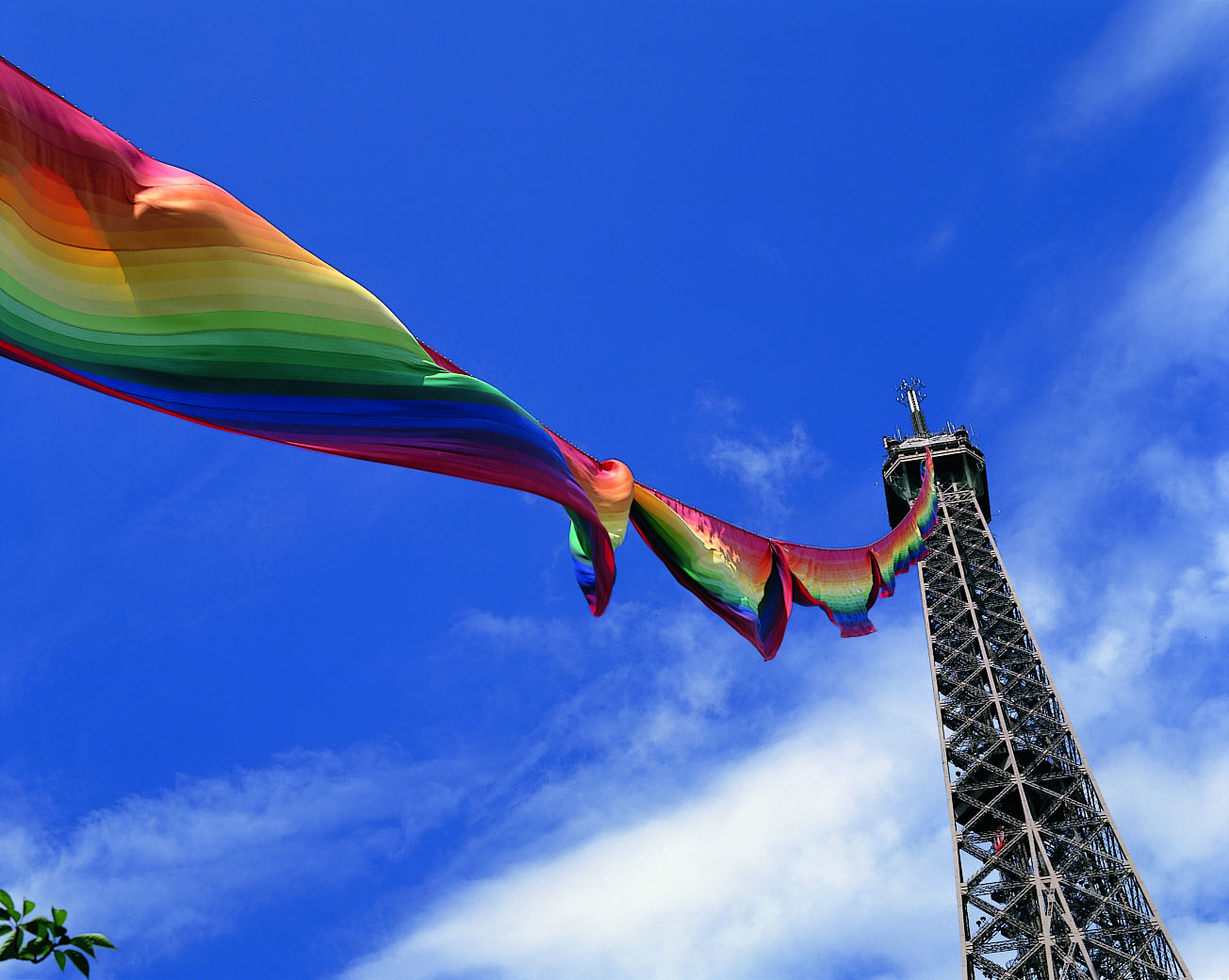There is a misconception about the avant-garde artist. It is routinely assumed by the general public that they are fountains of creativity, bristling with ideas and inspiration. A couple of major retrospectives at Tokyo's Museum of Contemporary Art, however, challenge this view.
One exhibition looks at the work of Atsuko Tanaka, an artist who died in 2005. She was a member of the Gutai Art Association (Gutai Bijutsu Kyokai; literally, "Concrete Art Association"), a Japanese avant-garde group, founded in 1954, which pioneered conceptual and performance art. The other show features the art of Ay-O, an artist whose career also dates back to the 1950s, but who is still very much with us. He was part of the international Fluxus group — which also included the likes of Claes Oldenburg, Christo, and Yoko Ono among its ranks — and spent most of his career in America.
While Ay-O's show is sure to bedazzle any visitor, Tanaka's exhibition looks rather dull. This is odd because the Gutai movement was a wildly creative collective that broke away from conventional artistic practice with performance-based art that employed unusual materials. Among their more outlandish expressions were wrestling with mud, throwing paint bottles, and jumping through paper screens.


















With your current subscription plan you can comment on stories. However, before writing your first comment, please create a display name in the Profile section of your subscriber account page.